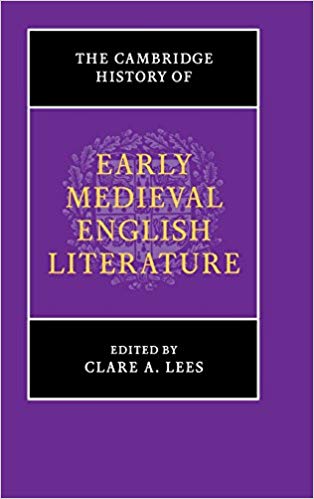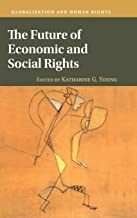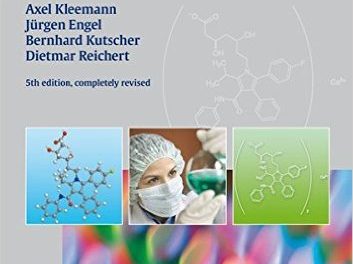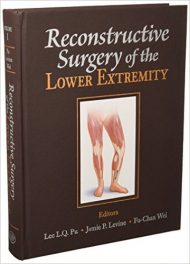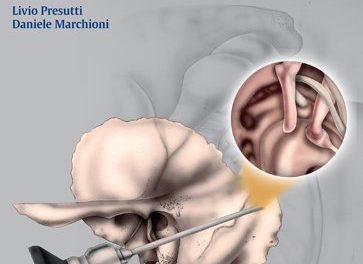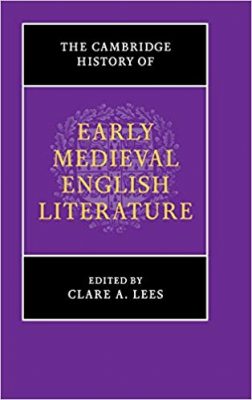 Editor: Clare A. Lees
Editor: Clare A. Lees
Publisher: Cambridge University Press – 789 pages
Book Review by: Sonu Chandiram
This book explores the earliest writings in Britain and Ireland from the end of the Roman Empire (around 480 AD) to the mid-twelfth century, spanning 670 years. This work:
- Begins with an examination of writing itself, as well as the scripts and manuscript art.
- Continues with scrutinizing the earliest texts found in England, Ireland, Scotland, and Wales, and the depth and breadth of Anglo-Latin literature
- Goes on with discussing English learning and literature in the ninth century
- Moves forward with the later formation of English poetry and prose that convey the profound cultural confidence of the period
- Includes the discussion of essential texts such as Beowulf (written somewhere between 975 and 1025) and the writings of Bede such as Ecclesiastical History of the English People (written around 731 AD)
- Conveys the vitality of early medieval literary culture with a range of topics as broad as devotional and liturgical writing, history of women’s writing, literature of English law, and workings of science.
Twenty-eight people – most of them professors at universities in Canada, all over in the United Kingdom and around the United States, contributed content mainly by authoring the chapters of this book. To provide you a broad overview of the contents of this book, we list below the titles of its three Parts and the 26 chapters within them:
- Part I – Word, Script, Image
- Writing in Britain and Ireland, circa 480 to 800
- The art of writing scripts and scribal production
- Art and writing: voice, image, object
- Of Bede’s ‘five languages and four nations’: the earliest writing from Ireland, Scotland, and Wales
- Insular Latin literature to 900
- Bede and the northern kingdoms
- Part II – Early English Literature
- Across borders: Anglo-Saxon England and the Germanic world
- English literature in the ninth century
- The writing of history in the early Middle Ages
- The literary languages of Old English: words, styles, voices
- Old English poetic form: genre, style, prosody
- Beowuf: a poem in our time
- Old English lyrics: a poetics of experience
- Literature in pieces: female sanctity and the relics of early women’s writing
- Saintly lives: friendship, kinship, gender and sexuality
- Sacred history and old English religious poetry
- Performing Christianity: liturgical and devotional writing
- Riddles, wonder and responsiveness in Anglo-Saxon literature
- Part III – Latin Learning and the Latin Vernaculars
- In measure, and number, and weight: writing science
- Legal documentation and the practice of English law
- Latinities, 893-1143
- The authority of English, 900-1150
- Crossing the language divide: Anglo-Scandinavian language and literature
- European literature and eleventh-century England
- Gaelic literature in Ireland and Scotland, 900-1150
- Writing in Welsh to 1150: (re) creating the past, shaping the future
This work examines not only literature, but even writing itself from almost when men (and women) began to write through drawings. In a sense, this volume on the earliest English literature is not just a history, but partly, an archaeological study.
Look at the list of 16 illustrations on page X. For example, if you look at the first of these illustrations on page 32, you will find an image of a drawing on a slate. On one side of this slate is the Latin phrase adeptus sanctum premium – these are words from the seventh-century Hiberno-Latin hymn in the Antiphonary of Bangor.
On page 34 is a shown a copy of a large document (about 22 x 13 inches) from the Vulgate bible found in Wearmouth-Jarrow circa 690-700. This text is none other than GenesisI:I-23
There is much, much more that is of value in this Cambridge History of Early Medieval English Literature, and I urge readers to get this book for themselves.
Editor:
Clare A. Lees is Professor of Medieval Literature and History of Language at Kings College London, where she currently directs the Center for Late Antique and Medieval Studies.
She is known for her work on the earliest English literature, gender and the history of women’s writing, religious writing, and cultural studies, including issues of place and landscape, relations between textual and material culture, and reworking of Anglo-Saxon literature by writers of modern, contemporary literature.
She is the editor of Medieval Masculinities: Regarding Men in the Middle Ages (1994) and co-editor of Gender in Debate from the Middle Ages to the Renaissance (with Thelma Fenster, 2002) and A Place to Believe In: Locating Medieval Landscapes (with Gillian R. Overing, 2006). She is the author of Tradition and Belief: Religious Writing in Late Anglo-Saxon England (1999) and co-author of Double Agents: Women and Clerical Culture in Anglo-Saxon England (with Gillian R. Overing (2001, 2009).

